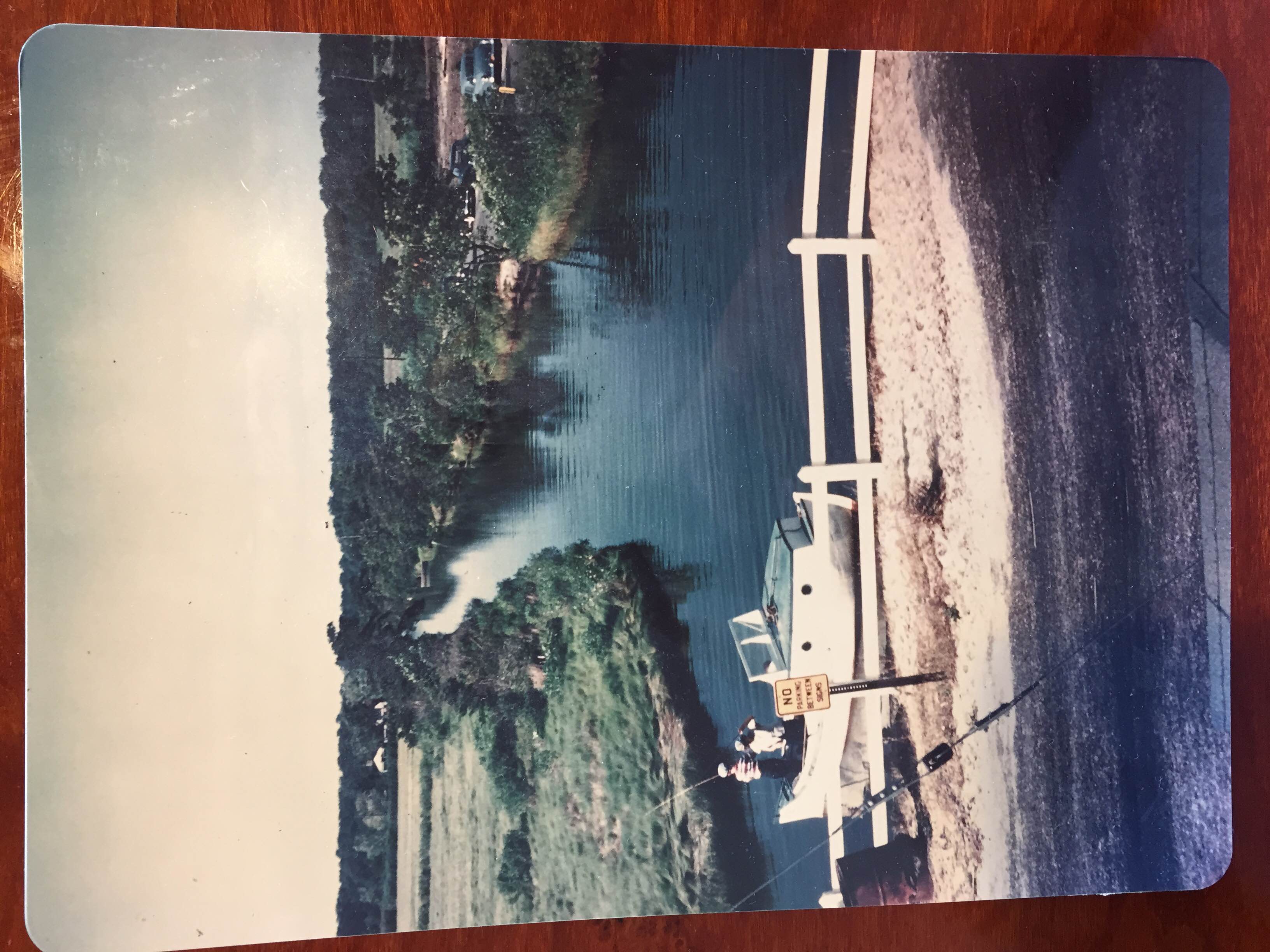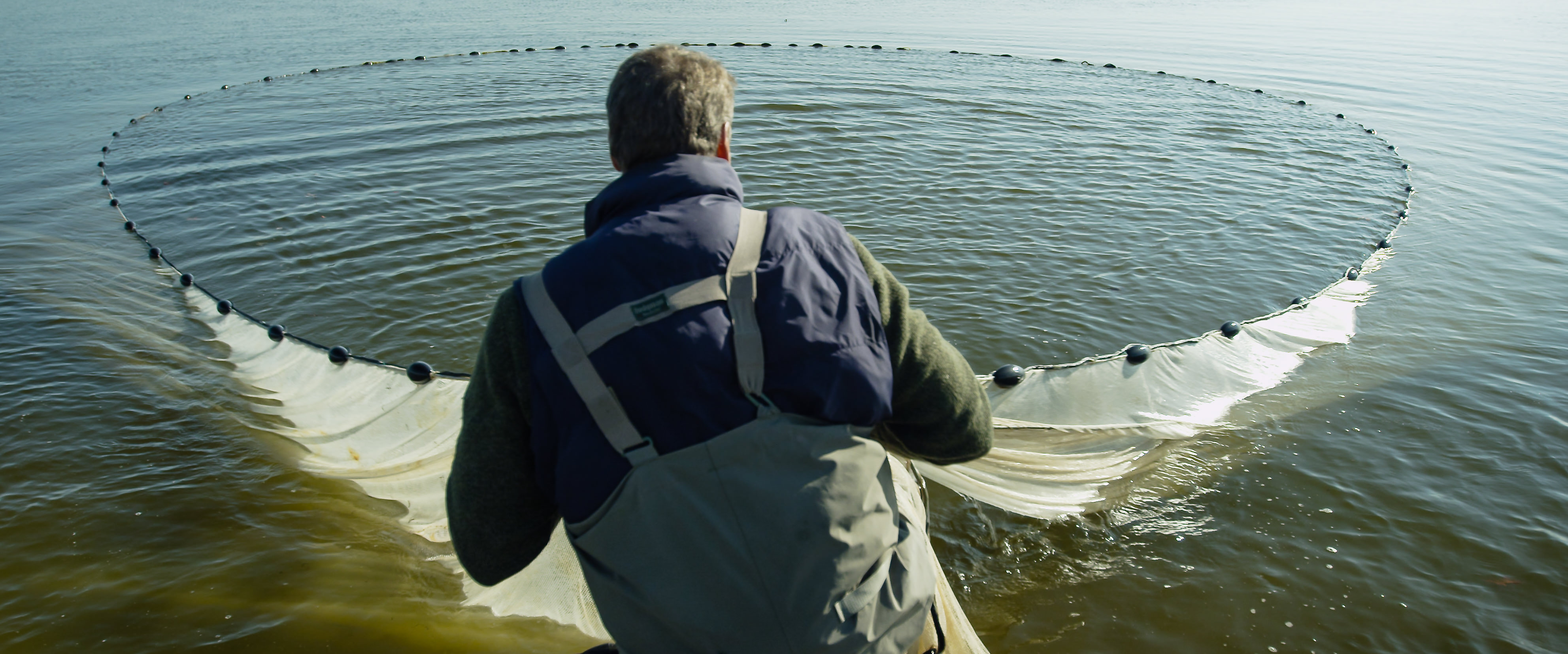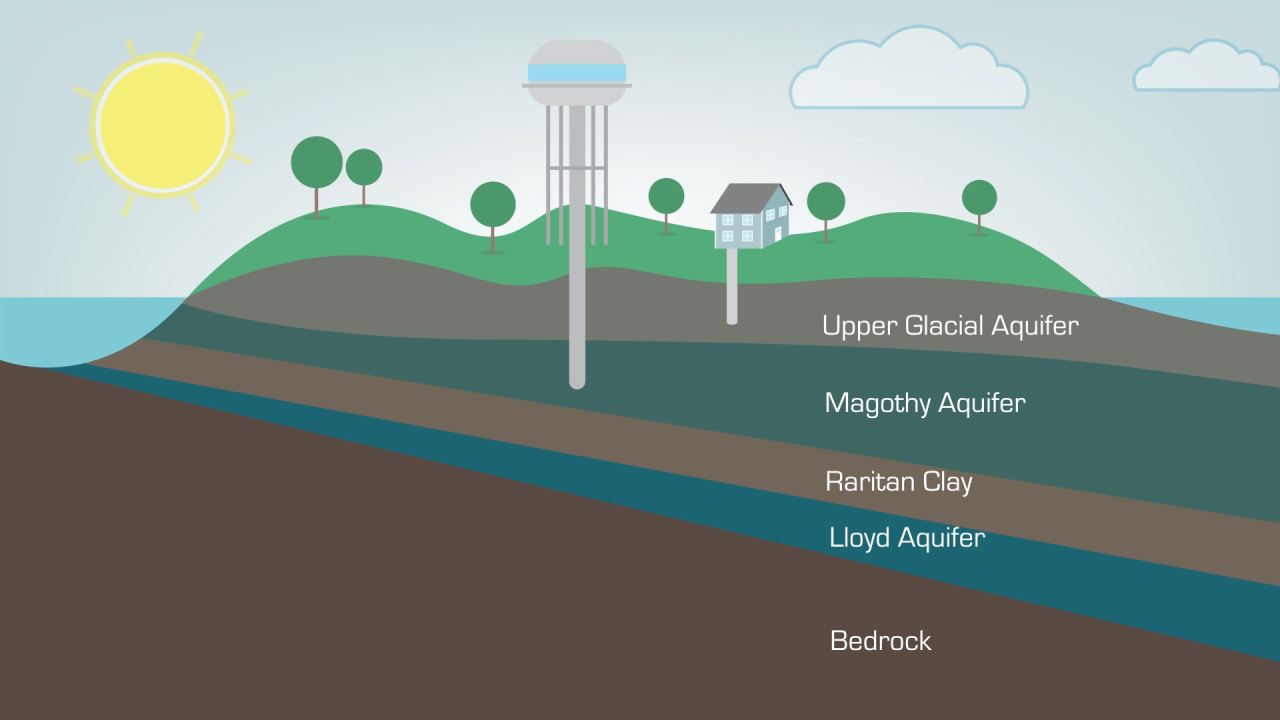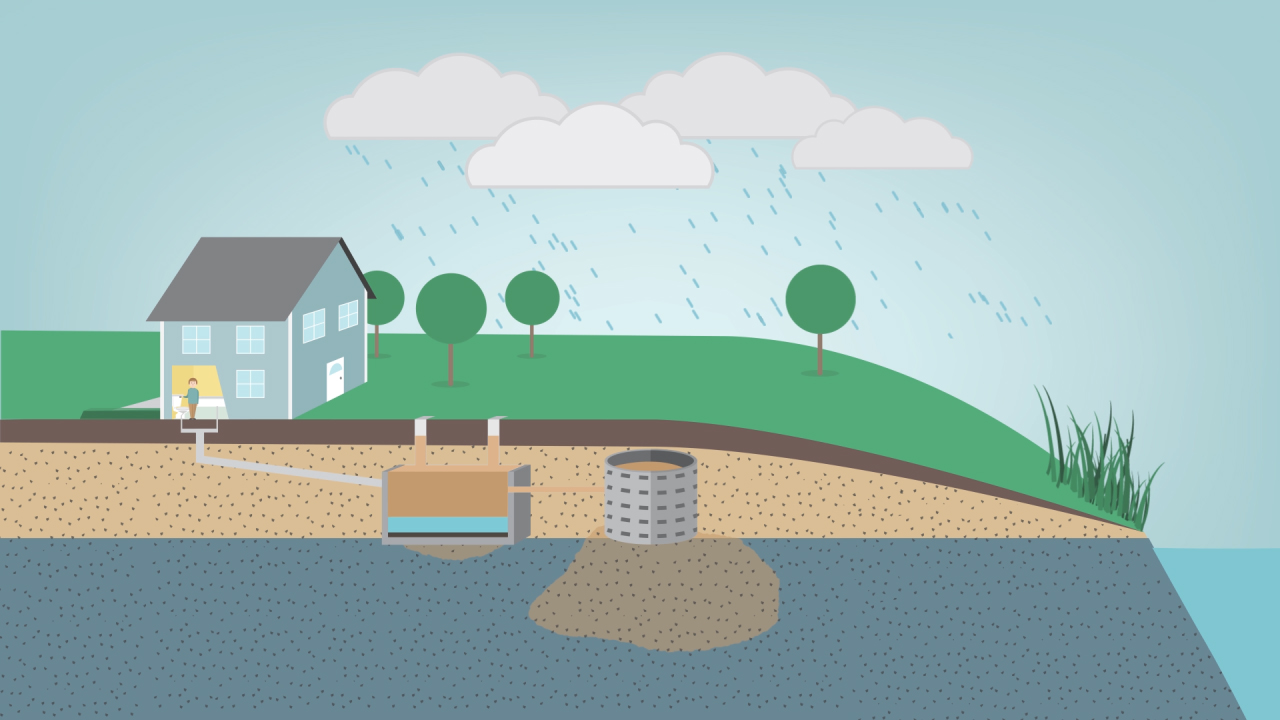
A Picture of Grand Canal
George Remmer remembers an idyllic Grand Canal from his youth. There, and in other places across Long Island, fresh and tidal marshes were abundant. They absorbed pollutants and flood waters, protected shorelines, and provided habitat for turtles, frogs, and fish. But our marshes are suffering from disruption of water flow, past filling, bulkheading, vector control, and nitrogen pollution. Residents in Oakdale are pushing to restore their marshes. New York Rising's Oakdale/West Sayville Community Reconstruction Team, formed after Superstorm Sandy, has proposed innovative projects to restore healthy flows and revitalize the marshes along the Grand Canal in an effort to bring back the valuable services that this habitat provides for people and nature.
The Clams Aren't There
Hard clams have dramatically declined in Great South Bay, due to over-fishing and algae blooms (e.g. brown tides), fueled by nitrogen pollution. What used to be a thriving part of our local economy has collapsed, taking jobs and a unique part of our local culture with it. "It's something lost."

If Water Quality Were Better, Business Would Be Better, the Community Would Be Better
On Long Island, the environment is the economy. Local tourism generated $5.2 billion in 2012, much of it coastal-based. The waters, shorelines, and wetlands that remain in and around Great South Bay, Great River, and Grand Canal are important natural assets to Oakdale and the surrounding communities. Polluted waters have taken their toll on local marinas and once-thriving fishing spots around Great South Bay. Restoring water quality, cleaning up natural habitats, and improving public access to the shoreline and natural areas will increase the realized value of these natural assets.



